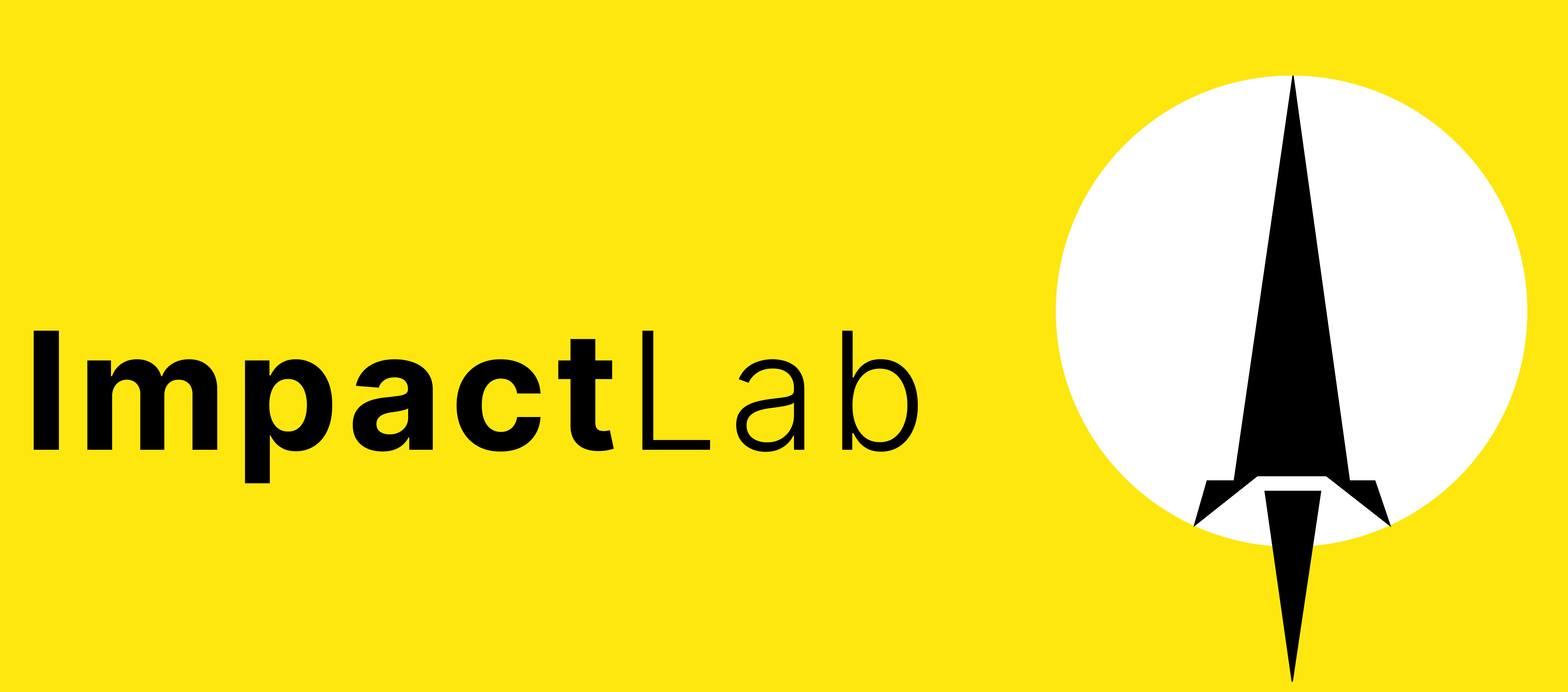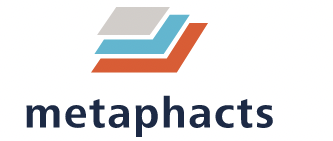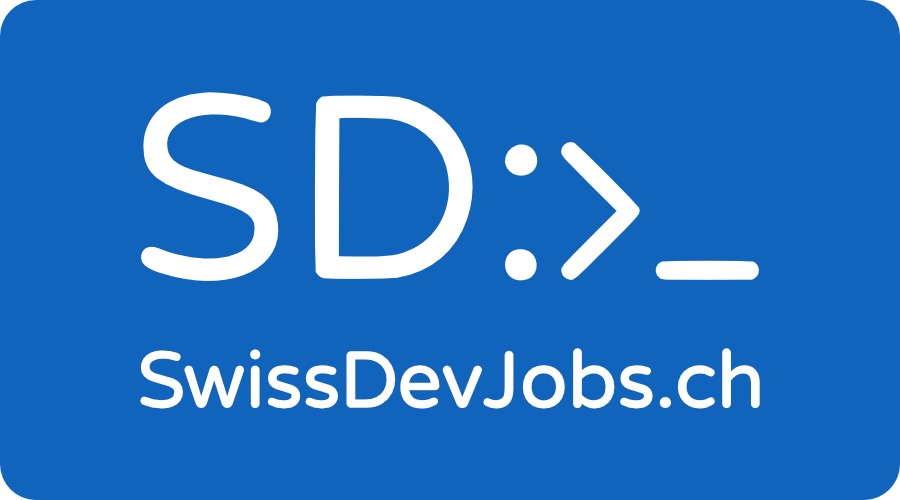This challenge list is from a previous Makeathon edition. While it’s no longer active, feel free to explore it for ideas or inspiration.
| Develop an AI/machine learning hybrid model which transform below listed data in a scoring for the credibility of a mortgage application. Furthermore, make sure that the regulatory rules are enforced and validated. | FINTECH |
| A common challenge in every company is finding and retaining talent, which, amongst other things, requires a good understanding of skills needed and skills available. For this challenge, we propose explicit knowledge modeling using ontologies and vocabularies (taxonomies) in a knowledge graph, to create a common definition of skills; this knowledge model can be easily extended as skills evolve or new skills emerge. Building on top of public vocabularies allows for a quick start and should serve as a basis to provide a “smart” recommender utilizing not only the explicitly modeled knowledge, but also machine learning for a refined AI which can identify optimal candidates for a project or role, based on given needs within the project. Possible approaches could include, but are not limited to, machine learning to augment the explicit knowledge with learned knowledge. | Metaphacts |
| Finding the optimal filtering kinds and values that maximize HAR (Human Activity Recognition) accuracy on data obtained from IMU sensors: The general goal of the challenge is to understand the effect of signal filtering in human activity recognition when using accelerometer data. A first task for you will be to investigate the literature for understanding what are the filters commonly used on accelerometer data for Activity Recognition purposes. We can give you hints, suggesting a focus on certain individual filters, or a combination of them. Then, you shall try to build a classifier solution that recognizes human activities on the filtered data. This challenge is proposed in collaboration with the Software Engineering for Healthcare Lab, a joint laboratory between the University of Genova and Janssen | Wega |
| Sentiment analysis from social media posts and/or app reviews: The goal of this challenge is to correlate changes of sentiment in social media posts and/or app reviews to real-world events (like service outages). Starting from simple analyses (such as word clouds), you may try to classify feedbacks into positive and negative and then develop a method that detects anomalies in time series of such classified feedbacks, so as to raise alerts when the presence of adverse real-world events is suspected. | PostFinance |
| Ensuring gender-neutral language: while gender-biased language is not a big problem in English, there is an increasing demand for detecting it in other languages, e.g. German. For an automated identification of the corresponding mistakes, one needs to identify which words should be transformed to a gender-neutral version (e.g. “Dozenten”). The idea of this challenge is to start with a seed list of terms that usually require adaptation when found in documents and to learn patterns such that further terms can be identified even though they are not in the list. You work with a corpus of German speeches and interviews (http://corpora.ids-mannheim.de/pub/rei/) and use it to bootstrap gender bias detection in these texts. | Rotstift AG |
Submit Your Challenge
We will review your challenge and get back to you to inform you about the selection, rejection or to request further information.








